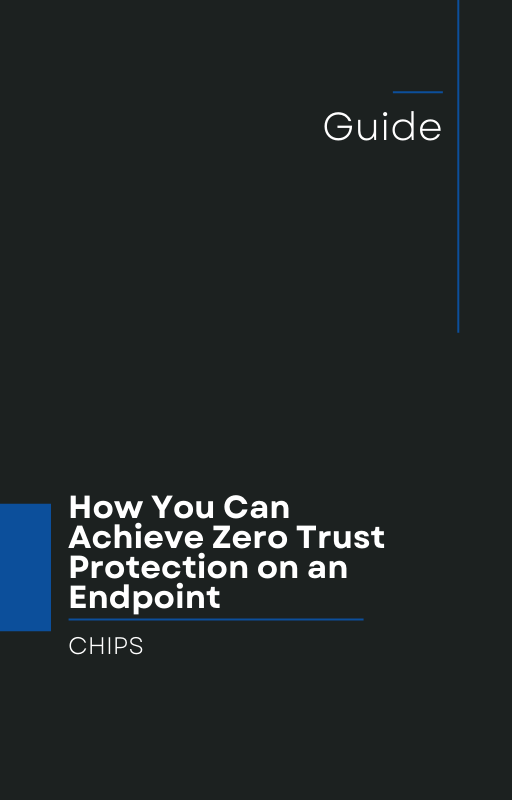What is the Docker vulnerability?
-
The flaw is tracked as CVE-2025-9074, with a critical severity rating (9.3/10).
-
In simple terms, a malicious container can access the Docker Engine API via a default subnet (
192.168.65.7:2375) without authentication, even when Enhanced Container Isolation (ECI) is enabled. -
On Windows, because Docker Desktop uses WSL2, an attacker could mount the entire filesystem with administrator-like permissions, read sensitive files, and overwrite system DLLs—leading to full host compromise.
Why this is serious
-
Containers are supposed to provide isolation: they should protect the host machine from what runs inside them. This vulnerability breaks that guarantee.
-
Even security features designed to harden container isolation, such as ECI, did not mitigate the risk.
-
The exploit is relatively simple in theory: using HTTP POST requests to create or start containers, or to mount host volumes; no elevated permissions within the container (beyond what the vulnerability allows) are required in some cases.
-
Because attackers might already have footholds inside containers (for instance, via compromised or misconfigured applications), this kind of vulnerability becomes a bridge from a contained threat to a full breach.
Common response: Detect and Respond—why it isn’t enough
Many organizations rely on detection (alerts, monitoring logs) and incident response: you find suspicious behavior, investigate, then clean up. But with flaws like CVE-2025-9074:
-
Detection may come too late; once a container escapes, attackers may already have admin access or taken steps that are hard to reverse.
-
Even with good monitoring, if the core boundary between container and host is breached, attackers can cover tracks or launch drops that avoid detection.
-
The potential impact (full host compromise) is high, so relying on the hope that detection tools catch the attack early is risky.
A better model: Isolation and Containment
To defend against vulnerabilities like this, businesses should shift their focus toward preventing the breach of containment in the first place. Key strategies include:
-
Restricting what containers can do by default
-
Limiting permissions (network, file system, API access)
-
Ensuring that even if a container is compromised, it cannot reach critical host resources
The role of AppGuard
This is where AppGuard comes in. AppGuard is a proven endpoint protection solution with over a decade of real-world success. It isn’t just about detecting threats—it’s about isolating and containing them so that even if bad code runs, it can’t escalate to full host compromise.
Some of the strengths of AppGuard:
-
Application isolation: It prevents untrusted or less-trusted applications/processes from performing privileged actions or accessing restricted parts of the system—even if they are running in compromised containers.
-
Minimal trusted computing base: AppGuard works by defining what is allowed and stopping everything else by default, shrinking the attack surface.
-
Zero trust / least privilege built in: Rather than assuming that processes inside containers are safe, AppGuard treats internal APIs (like Docker’s Engine API) as potential risks and limits their access.
-
Track record: For 10 years AppGuard has been used to protect endpoints in demanding environments, showing that containment approaches work in practice, not just theory.
What you should immediately do
Here are steps any business should follow in light of this Docker vulnerability:
-
Patch Immediately
Upgrade Docker Desktop to version 4.44.3 or newer to remediate CVE-2025-9074. -
Audit container configurations
Check whether Docker APIs are exposed; ensure that container creation, mounting host paths, etc. are tightly controlled. -
Harden host protection
Use security tools to enforce file permissions, limit attack surface, and monitor unusual behavior. -
Adopt containment / isolation technologies
Use solutions like AppGuard that shift your security posture from reactive to proactive containment.
Conclusion
The Docker Desktop vulnerability (CVE-2025-9074) reminds us that detection and response—while still important—are insufficient by themselves. If attackers can escape a container and access the host, many traditional tools may not catch the breach until serious damage is already done.
To protect your systems, the security strategy must include robust isolation and containment, with minimal trusted components, least privilege access, and controls that prevent container escapes even before they happen. AppGuard is one of the proven ways to do that.
Call to Action for Business Owners
If you’re responsible for safeguarding your company’s devices, applications, or cloud infrastructure, let’s talk.
At CHIPS, we can show you how AppGuard can stop attacks like CVE-2025-9074 in their tracks by enforcing containment, not just detecting breaches after the fact. Don’t wait until a malicious container has already compromised your host. Move from Detect and Respond to Isolation and Containment—reach out now to see how AppGuard fits into your security architecture.
Like this article? Please share it with others!

September 25, 2025

Comments